BORDERLINE PERSONALITY DISORDER BPD

Seeking treatment? Questions?
Get 24/7 confidential help now:
Or Receive A Call:
Last Medically Reviewed 15 November 2022
BORDERLINE PERSONALITY DISORDER
Mood swings and impulsive behavior may happen from time to time. When an individual has borderline personality disorder (BPD), these emotions become typical, almost daily behavior. According to the National Alliance for borderline personality disorder, BPD is a clinical mental illness affecting around 5.9% of the US population.
WHAT IS BORDERLINE PERSONALITY
DISORDER?
BPD alters moods, behavior, and thinking and impacts relationships, careers, and social interactions. These feelings can leave the sufferer feeling unstable and often result in anxiety, depression, and anger. BPD is classified as a severe mental illness and can be debilitating and even dangerous.
Inappropriate impulsive behavior and mood swings can make it difficult for people with BPD to maintain healthy relationships. BPD generally begins to manifest in early adulthood, and symptoms are believed to be at their most extreme during these years, finally tapering off over time.
People with BPD describe the feeling as being on an emotional rollercoaster, often struggling with their self-image and goals. They feel unstable and vacillate from one emotion, hobby, goal, and relationship to the next. Heightened sensitivity and susceptibility to triggers are also common, with many unable to self-soothe. They may have extreme angry outbursts and cannot be calmed down.
During outbursts, people with BPD may lash out and say or do things they regret, leaving them guilt-ridden and ashamed, which only exacerbates the problem.
SYMPTOMS OF BORDERLINE
PERSONALITY DISORDER
Some of the borderline personality disorder symptoms may be similar to other severe mental illnesses. When a qualified mental health professional is diagnosing BPD, they will refer to the symptoms based on self image, emotional regulation, impulse control, and social interactions.
There are nine main BPD symptoms:
Some of the borderline personality disorder symptoms may be similar to other severe mental illnesses. When a qualified mental health professional is diagnosing BPD, they will refer to the symptoms based on self image, emotional regulation, impulse control, and social interactions.
There are nine main BPD symptoms:
1. ABANDONMENT ISSUES
A person with BPD will often resort to extreme measures to control the behavior of others. Their behavior is governed by their intense fear of abandonment or being alone. People with BPD may track their partner’s activities, try to prevent their partner from leaving, accuse them of cheating, or threaten self-harm if their partner decides to leave them. People with BPD will often fall in love very quickly and seem to rush into relationships. They will also unexpectedly cut ties with someone they seemed obsessed with just the day before.
2. UNSTABLE SELF-IMAGE
People with BPD may swing from self acceptance to self-loathing, with no clear sense of identity. This results in frequent job changes, relationship upheavals, changes in religious beliefs, shifting goals or values, and even changes in sexual identity.
3. IMPULSIVE BEHAVIORS
Harmful and attention and hedonistic seeking behavior are common. A person with BPD may indulge in risky behaviors, including drug or alcohol abuse, reckless driving, irresponsible sexual behavior, shoplifting, binge eating, and impulse spending. There can also be self-sabotaging attempts to abandon promising careers or disconnect from beneficial relationships.
4. SELF-HARMING BEHAVIORS
People with BPD may self-harm through cutting or burning or more extreme behavior, such as suicidal thoughts or attempts. In many instances, these reactions are in response to anxiety over rejection or abandonment.
5. EMOTIONAL INSTABILITY
BPD is often associated with extreme mood swings. Quickly switching from extreme happiness to intense sadness is common, although the episodes are often fleeting, lasting minutes or sometimes a few hours. Emotional triggers can result in fast, extreme reactions to things that would not commonly affect others. Emotions may also include feelings of shame, irritability, or anxiety.
6. UNSTABLE RELATIONSHIPS
It is not uncommon for BPD sufferers to seek a sense of completeness within their relationships, which can be brief and tumultuous, starting with idealization and a seemingly instant love of the other, but rapidly devolving into anger and hate.
7. FEELINGS OF EMPTINESS
In many cases, relationship problems are connected to feelings of emptiness, which BPD sufferers try to fill through fleeting relationships with others, as well as food, drugs, or sex. Many describe themselves as feeling like they are worthless or like no one cares about them.
8. PARANOIA AND SUSPICION
Paranoia or suspicion of the motives of others is another symptom of BPD. Stress exacerbates the situation and brings with it feelings of disassociation or losing touch with reality. In some more severe cases, a person with BPD may suffer from delusions.
9. OUTBURSTS OF ANGER
Violent flares of anger are common BPD symptoms, with tempers spiraling quickly to rage. These often devolve into physical fights or may simmer as consistent bitterness or sarcasm. While this manifests externally, many people with BPD spend a lot of time being angry with themselves.
TYPES OF
BPD
There are four primary categories in classifying the types of BPD. These include:
• Impulsivity: These individuals can be attractive and charismatic, typically seen as risk-takers and attention seekers. However, their behavior is dramatic and unpredictable, and they can be prone to self-harm and suicidal tendencies.
• Discouraged: Often seen as clingy and lacking confidence, these individuals are prone to depression and a sense of powerlessness. Symptoms include self harm and suicidal thoughts or attempts.
• Petulant: People with this form of BPD can be highly critical and easily disappointed. They take offense easily and react with rage. Their sense of self is easily undermined and can be a trigger for negative behavior. They form intense bonds in their relationships but can quickly reject those they are connected to. Paranoia and depression are additional symptoms.
• Self-Destructive: People with self destructive BPD are inclined to be highly self-critical to the point of loathing. This leads to selfdestructive behavior as their anger is turned toward themselves, and suicide is a significant risk. Often introverts, they may share similar symptoms to depressive disorders.
CAUSES OF
BPD
Although the exact cause of BPD is currently unknown, there seems to be a connection between a history of child abuse, neglect, or other trauma. Other risk factors include genetic predisposition and brain abnormalities.
Experts have theorized that people with BPD tend to function on high alert, which results in extreme reactions to situations. This can cause them to behave irrationally because their brain is constantly in survival mode.
RISK FACTORS FOR
BPD
Risk factors for borderline personality disorder include:
• Genetic predisposition: It appears that BPD can be an inherited disorder, with symptoms being evident among other family members or related to other mental health issues in the family.
• Brain function: Abnormalities in brain structures related to the regulation of emotion, impulse control, and aggression appears to be a risk factor. Research indicates that irregularities in brain chemicals such as serotonin, which helps regulate mood, may play a role.
• Environmental, cultural, and social factors: Exposure to conflict that can encompass child abuse, unstable family relationships, and other trauma such as caregivers with substance abuse or mental health issues have also been linked to BPD development.
DIAGNOSING
BPD
During the process of diagnosing BPD, the mental healthcare professional will conduct physical examinations and tests to rule out any existing condition that may be causing the symptoms. After that, they will discuss symptoms with the patient and may also speak to family and close friends about the individual’s behavior to gain further insight.
Family histories of mental health issues will also be taken into consideration. After conducting interviews based on BPD criteria in the Diagnostic and Statistical Manual of Mental Disorders, an assessment will be made. Doctors will generally classify an individual with at least five of the classic symptoms of BPD as having the disorder.
It is advisable to consult a specialist psychiatrist, psychologist, or clinical social worker with experience in the area of BPD since the disorder can be complex. People with BPD often have co-existing conditions, such as depression, anxiety, eating disorders, or substance abuse issues which complicate diagnosis.
There is often confusion between borderline personality disorder and bipolar disorder because they have similar symptoms. While BPD is focused on instability in self-image, moods, and behavior, bipolar disorder involves extreme shifts between mania and depression. However, both conditions require different treatment protocols.
TREATMENT FOR
BPD
When treating BPD, therapy has proved to be more effective than medication. People with BPD respond well to a long-term protocol of learning new self-soothing and emotional regulation methods, essentially rewiring their neural pathways to react more appropriately.
In treating BPD, a healthcare professional may recommend:
• Dialectical Behavior Therapy (DBT): DBT is a form of psychotherapy or talk therapy. It serves to teach emotional regulation, stress management, and relationship development.
• Schema-focused Therapy: Schema-focused therapy is based on identifying an individual’s “schemas” or their fundamental patterns of interacting with the world. These are acknowledged as being maladaptive—as a result of childhood neglect, for example—the protocol incorporates elements of cognitive behavioral therapy and other types of psychotherapy to create healthier coping mechanisms.
Primarily, therapists educate people with BPD on ways of managing their symptoms. These self-help skills include:
• Self-calming techniques: These include skills such as mindfulness techniques (meditation), sensory stimulation (focusing on input from one of the five senses), and managing emotional vulnerability (by incorporating healthy lifestyle habits).
• Impulse control and distress management: Abnormalities in brain structures related to the regulation of emotion, impulse control, and aggression appears to be a risk factor. Research indicates that irregularities in brain chemicals such as serotonin, which helps regulate mood, may play a role.
• Improving interpersonal skills: Taking responsibility and managing assumptions, understanding other perspectives, and developing communication skills can assist in building healthier relationships. Learning not to project negative thoughts onto others is another important skill.
There is currently no FDA-approved protocol for BPD medication. However, healthcare specialists may prescribe medication to treat coexisting conditions such as:
• Depression or bipolar disorder
• Panic attacks or anxiety
• Hallucinations or paranoia
• Suicidal thoughts or urges to self-harm or harm others
Depending on the severity of symptoms, inpatient treatment for borderline personality disorder may be required. During inpatient treatment, the patient will undergo intensive therapy and a set program designed to help them manage symptoms. Additionally, any co occurring illnesses will be treated during inpatient treament.
GET HELP FOR
BPD
Borderline personality disorder is a serious mental illness. While treating BPD is a long-term process, people with the disorder can take back control of their lives, emotions, and behaviors. However, it takes a commitment to the treatment program and support from highly skilled mental health professionals.
At Psyclarity Health, our highly qualified and compassionate therapists are specialists in treating a range of mental illnesses, including borderline personality disorder.
It is possible to live a fulfilled, productive life with borderline personality disorder. If you are looking for a specialized borderline personality disorder treatment center, get in touch with us at Psyclarity Health today.
MAKE THE CALL
Don’t go through the process of recovery alone.
There are people who can help you with the struggle you’re facing. Get in touch with one today.
Call Now: 855-924-5350
GET THE CALL
Enter your phone number below to request a call from a treatment professional.







